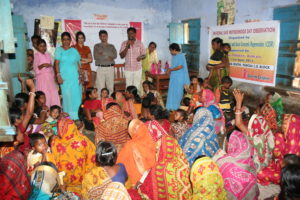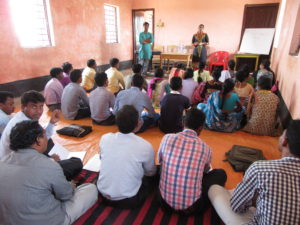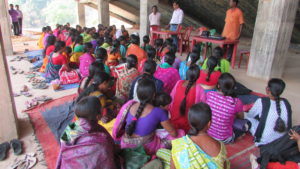Adolescence is a period of transition from childhood to adulthood. It is characterized by rapid physical, biological and hormonal changes resulting in psycho-social, behavioral and sexual maturity in an individual. Adolescents are leaders in the making their ambition, creativity, curiosity, drive and eagerness create a fertile ground for planting seeds for their bright future. However, at this stage adolescents struggle with self- identity, peer acceptance, parental approval and overall societal belonging. During this second decade of their life they begin to question the meaning of life, inherited family beliefs, values and norms. They are extremely self-conscious of actions, behaviors and characteristics, continuously judging themselves through a critical lens. Both boys and girls have limited knowledge, skills and exposures to handle their problems and challenges within the existing environment. Anemia and malnutrition are also major factors which affect adolescent’s physical development. In adolescent girls, it has been observed several times that nutritional deprivation among them reduces their school attendance, learning ability and overall performance. Adolescent boys in India face different sets of problems; their own inhibitions do not allow them to express their problems and needs easily. More than 33% of the disease burden and almost 60% of premature deaths among adults can be associated with behaviors or conditions that began or occurred during adolescence- for instance tobacco and alcohol use, poor eating habits, violence, sexual abuse, and risk taking behavior. Of the total population of the Purulia district, nearly 20.23% are adolescents.
CESR has been implementing the Adolescent Intervention Programme at Barabazar block of Purulia district of West Bengal with the objectives of reducing the incidences of child marriage, increasing the adolescents’ enrolment in secondary education, and reducing adolescence pregnancy and motherhood.
The programme has been working hard towards strengthening various government schemes for adolescent girls and boys, re-enrolment of out of school children, strengthening VLCPC, creation of awareness on the evils of child marriage, participation in government meetings and programmes, sensitization of PRI functionaries about the adolescent programmes etc. All these activities will contribute to achieving the objectives of the programme.




